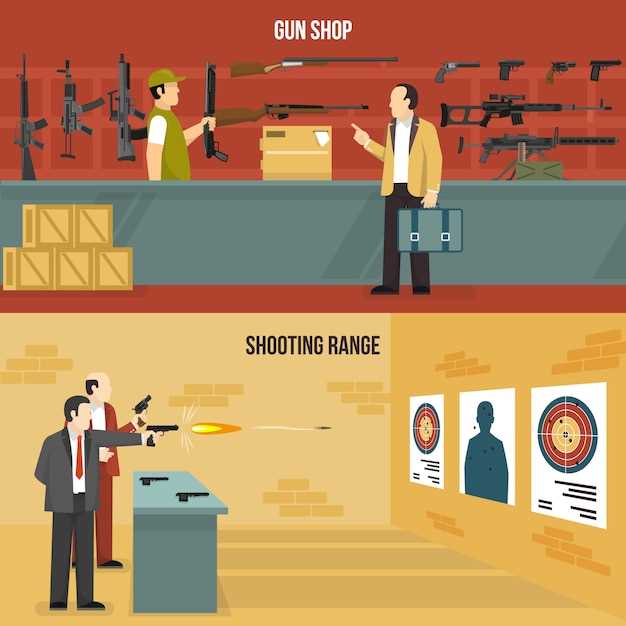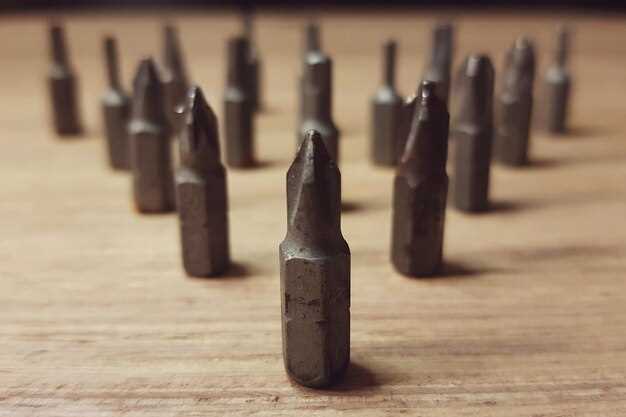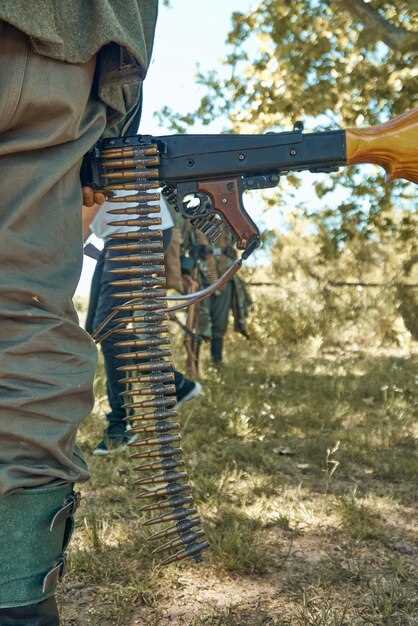
When it comes to archery hunting, choosing the right broadheads can make all the difference in your success. Broadheads serve as the critical point of your arrow, determining not only the effectiveness of your shot but also your overall hunting experience. With a wide range of options available, two popular categories stand out: fixed and mechanical broadheads. Each type has its own set of advantages and challenges that cater to different hunting styles and preferences.
Fixed broadheads are known for their simplicity and reliability. Comprising a set of fixed blades, these broadheads are robust and offer consistent performance regardless of the conditions. Hunters often appreciate their confidence in fixed broadheads when it comes to accuracy and penetration, as they are less prone to malfunction. On the other hand, mechanical broadheads promise larger wound channels due to their ability to expand upon impact, which can result in quicker and more humane kills. Understanding the nuances of each type is crucial to selecting the broadhead that aligns with your specific hunting goals.
As you delve deeper into the fixed vs mechanical broadheads debate, consider factors such as your hunting environment, target species, and personal shooting style. By analyzing the strengths and weaknesses of each category, you’ll be better equipped to make an informed decision that enhances your overall hunting effectiveness.
Fixed vs Mechanical Broadheads: Which is Best for You
When choosing between fixed and mechanical broadheads, it is crucial to consider various factors that can influence your hunting experience. Both types have unique characteristics that cater to different hunting styles and preferences.
Fixed broadheads are known for their simplicity and reliability. They consist of a single, sturdy blade design that does not deploy upon impact. This makes them less prone to failure, especially in tough conditions or when hitting bone. Their aerodynamic shape often leads to better flight stability and accuracy, allowing for precise long-range shots. Fixed broadheads also tend to have a larger cutting diameter, ultimately resulting in larger wound channels.
On the other hand, mechanical broadheads feature deployable blades that open upon impact, creating a wider cutting diameter than fixed options. This design can lead to devastating wound channels, increasing the likelihood of a quick and humane kill. Mechanical broadheads are generally lighter and have a better flight performance at longer distances due to their streamlined profile. However, they can be more susceptible to malfunctions, especially if the blades do not deploy correctly during the crucial moment of impact.
In terms of comparison, fixed broadheads often excel in durability and consistency, making them a popular choice for hunters who prioritize reliability. Conversely, mechanical broadheads shine in terms of wound potential and ease of use, appealing to those who favor rapid kill scenarios. Ultimately, the best choice depends on your specific hunting objectives, personal preferences, and the type of game you are pursuing.
Consider factors such as your shooting technique, preferred game species, and common hunting conditions. Some hunters may even opt for a combination of both types, utilizing fixed broadheads for certain scenarios while relying on mechanical ones for others. This flexibility allows for a tailored approach, maximizing effectiveness in the field.
Advantages and Disadvantages of Fixed Broadheads
Fixed broadheads are a popular choice among archers and bowhunters. They come with their own set of advantages and disadvantages that can impact your overall hunting experience.
Advantages of Fixed Broadheads
- Simplicity: Fixed broadheads have a simple design with fewer moving parts, which can lead to enhanced reliability. This simplicity is beneficial in hunting scenarios where dependability is crucial.
- Durability: Generally made from tougher materials, fixed broadheads are less susceptible to damage upon impact, providing longer-lasting performance compared to mechanical heads.
- Accuracy: Fixed broadheads tend to fly more predictably in conditions with crosswinds. Their design allows for better stabilization, which improves accuracy over longer distances.
- Better penetration: With a fixed blade design, these broadheads often penetrate deeper than mechanical ones because there are no factors that reduce their initial lethality upon impact.
- No deployment failure: Unlike mechanical broadheads, fixed broadheads do not rely on blades deploying upon impact, eliminating the risk of malfunction during critical moments.
Disadvantages of Fixed Broadheads

- Wound channel: While fixed broadheads can penetrate well, they may not create as large of a wound channel as some mechanical options, which can make tracking an animal more challenging.
- Increased drag: The fixed blades can create more drag in flight, which may lead to a slight decrease in arrow speed and trajectory adjustment, especially at longer ranges.
- Limited cutting diameter: Fixed broadheads typically have a smaller cutting diameter compared to mechanical broadheads, which can reduce the likelihood of a quick, humane kill.
- Less forgiving on impact: Depending on the angle of the shot, fixed broadheads can deflect off bone more easily compared to mechanicals that may open up upon impact.
- Setup difficulty: Fixed broadheads may require more initial tuning and adjustment, particularly to match the shooter’s setup and ensure optimal performance.
In conclusion, the choice between fixed and mechanical broadheads should be based on personal preferences and specific hunting conditions. Understanding the advantages and disadvantages of fixed broadheads is essential for making an informed decision in this comparison.
Key Features to Consider in Mechanical Broadheads
When evaluating mechanical broadheads, several key features can significantly influence your hunting experience. Understanding these elements will help in making an informed comparison between various options available on the market.
One essential feature is the blade design, which typically includes either fixed or deployable blades. Mechanical broadheads are designed to expand upon impact, creating a larger wound channel. Factors such as the number of blades and their shape can affect penetration and damage. Look for models that balance cutting performance with durability to ensure they withstand various game types.
Deployment mechanism is another crucial aspect. Mechanical broadheads utilize springs or other technologies to open upon contact. An efficient and reliable deployment system ensures that the blades engage exactly when needed, minimizing the risk of malfunction during a crucial shot. Consider options with safety mechanisms to prevent premature opening during flight.
Weight is an important consideration as well. Mechanical broadheads generally weigh less than fixed broadheads. The weight distribution affects arrow flight and overall accuracy, so it is vital to choose a weight that complements your arrow setup. Heavier models can enhance penetration, while lighter options may provide better speed and trajectory.
Durability and build quality are paramount for repeated use. High-quality materials, such as stainless steel or aerospace-grade alloys, can make a significant difference in performance and longevity. Check for features like replaceable blades or sturdy construction to ensure that your broadhead can withstand multiple hunts.
Lastly, compatibility with your setup is essential. Ensure that the mechanical broadhead you choose is compatible with your bow and arrow specifications. This includes checking your draw weight and arrow diameter to optimize flight stability and accuracy. A comprehensive understanding of your gear will ensure the chosen broadhead performs to its full potential.
By considering these key features, you can make a well-rounded comparison of mechanical broadheads and select the best option tailored to your hunting requirements.
Choosing the Right Broadhead for Your Hunting Style

When it comes to selecting the appropriate broadhead, understanding your hunting style is crucial. The choice between fixed and mechanical broadheads often hinges on factors such as the type of game you pursue, your shooting technique, and personal preferences.
Fixed broadheads are typically preferred by traditional bowhunters or those who value simplicity and reliability. They are designed to maintain their structure upon impact, making them ideal for penetrating tough hide and bone. If you hunt larger game or prefer a straightforward approach, fixed broadheads may be your best option.
On the other hand, mechanical broadheads are engineered to expand upon impact, creating a wider wound channel. This feature can be particularly beneficial for hunters targeting medium-sized game who desire a quick kill. If you’re comfortable with modern technology and seek increased accuracy and reduced drag, mechanical broadheads could enhance your shooting experience.
Consider experimenting with both types through practice sessions to evaluate their performance. A thorough comparison of your results will help you determine which broadhead aligns best with your style, ultimately improving your hunting success. Assess your shooting distance, arrow speed, and game type to ensure your choice enhances both your ethical responsibility as a hunter and your personal satisfaction in the field.



